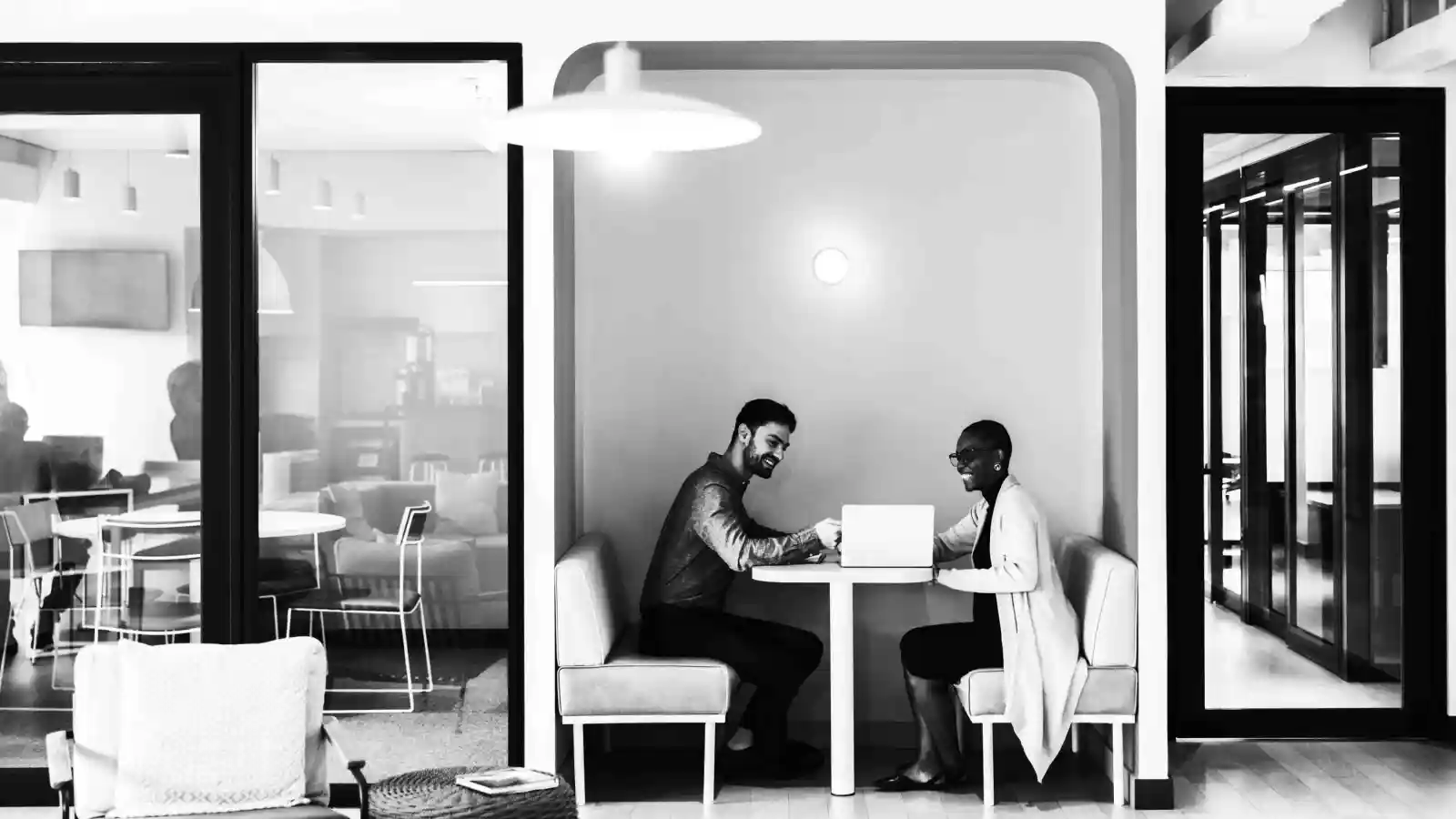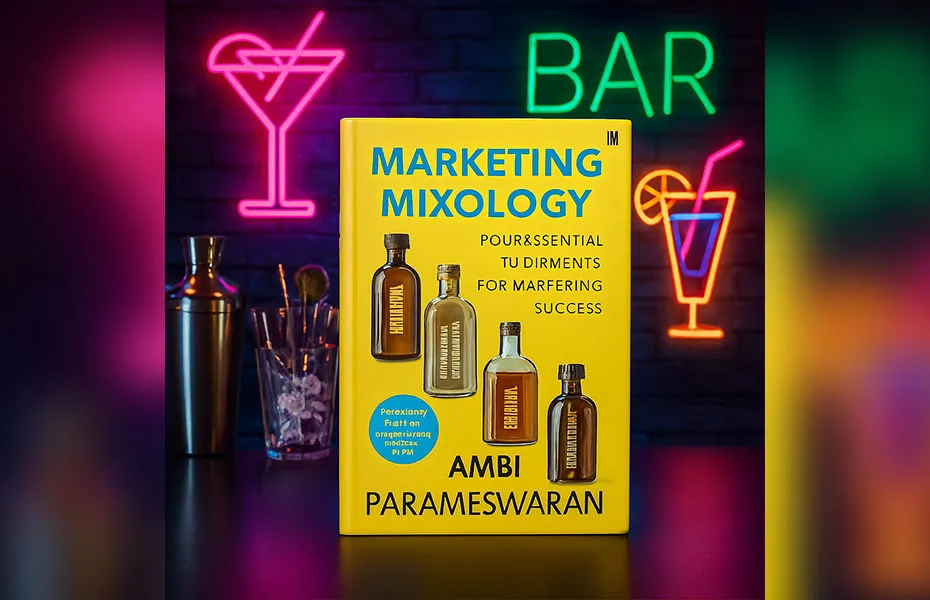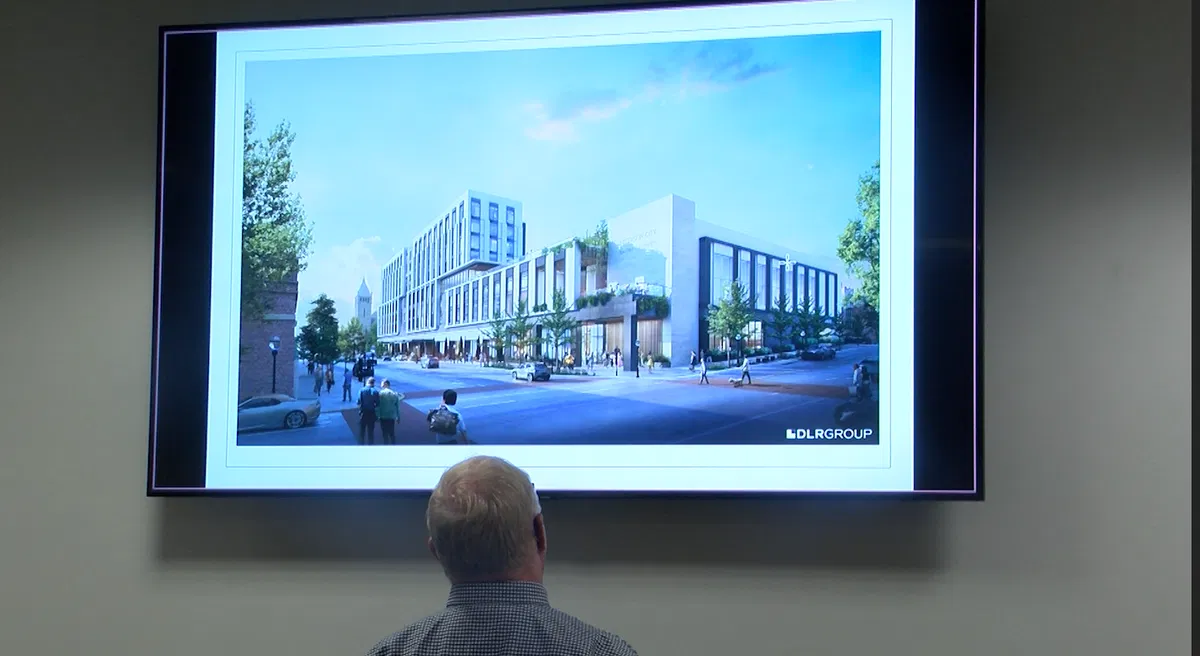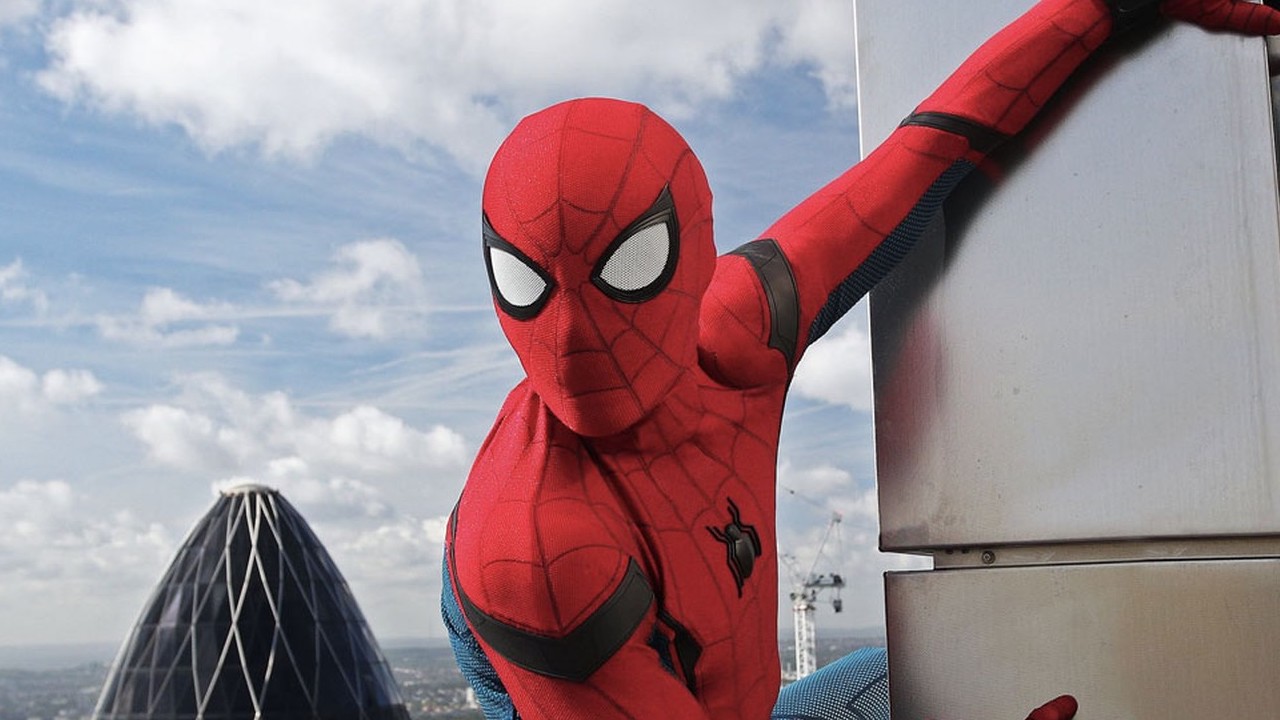
Inclusivity isn’t a side note anymore — it’s the headliner. Today’s audiences expect brands to show up for all people, and the events that nail this don’t just look good — they leave a mark. One of the biggest opportunities? Creating shows that truly include neurodiverse audiences, who make up 15 percent to 20 percent of the global population. That’s autism, ADHD, dyslexia, dyspraxia and more — different ways of processing the world that deserve respect, not workarounds.
When you design events that bring everyone in, you don’t just build attendance — you build community, credibility and loyalty. Here’s how to do it with style:
Communicate Like You Mean It
Uncertainty kills the vibe. Clear info calms the nerves and gets people ready to party. Post schedules on apps, screens and handouts. Color-coded maps of venues, visual cues for breaks and countdown clocks between acts keep the whole crowd in sync.
Example: At a music-tech summit, we ditched cryptic agendas and built an Instagram-style story feed of each day — easy swipes, no guesswork.
Make the Content Play Loud and Soft
The best shows don’t just blast — they layer. Keep your language simple, avoid jargon and use captions, ASL interpreters and visual aids. For slides or video walls, dial back the strobe effects or offer a “chill stream” with toned-down visuals. Balance mainstage fire with intimate sessions: think workshops, hands-on labs or speed-networking that takes the edge off cold-room chaos.
Example: At one corporate festival, we ran a “studio set” version of the keynote in a side lounge — smaller screen, softer audio, but the same mic-drop message.
The Rolling Stone Culture Council is an invitation-only community for Influencers, Innovators and Creatives. Do I qualify?
Put Neurodiverse Voices on the Mic
Don’t just talk about inclusion — show it. Book neurodivergent speakers and facilitators as part of the lineup. Not to preach about their diagnoses, but to drop expertise on leadership, innovation, creativity — whatever their lane is. Representation normalizes difference and inspires everyone.
Editor’s picks
Example: We tapped a neurodivergent game designer to lead a workshop on creative problem-solving. The room was packed, the energy was real, and the feedback? “More of this, please.”
Build Sensory Escape Hatches
Events can overwhelm. Give people options: livestreams, VR replays or quiet zones tricked out with soft lights, beanbags, headphones and fidget tools. Think of it like a backstage lounge — still part of the show, just tuned to a different frequency.
Example: While a tech client ran pyrotechnics on the main stage, we offered a side “quiet theater” where the same talks streamed with captions and tablet controls. Attendees didn’t miss a beat — they just set their own volume.
Train Your Crew, Nail the Details
Even the best setup fails without the right people running it. Train staff to spot when someone might need support and how to deliver it without a scene. And never underestimate food and vibe: clear labels, gluten-free and dairy-free options and spaces that aren’t blaring with noise during meals make a huge difference.
Trending Stories
Example: At a product launch, our bartenders were trained to explain mocktail ingredients as clearly as cocktail ones. That simple step turned the after-party into an inclusive win.
The Encore
Your audience isn’t one type of person — they’re a whole mix of brains, bodies and backgrounds. Designing for neurodiverse attendees doesn’t water down your event — it amps it up. These moves make the experience stickier, more human and way more memorable. And if your event leaves every single guest feeling like they belonged there? That’s not just good business. That’s rock and roll. And that’s the point. Right?



